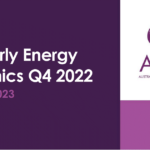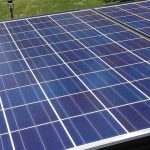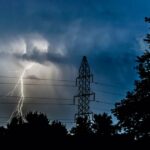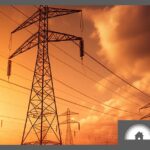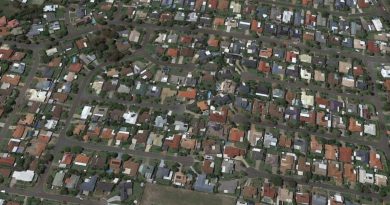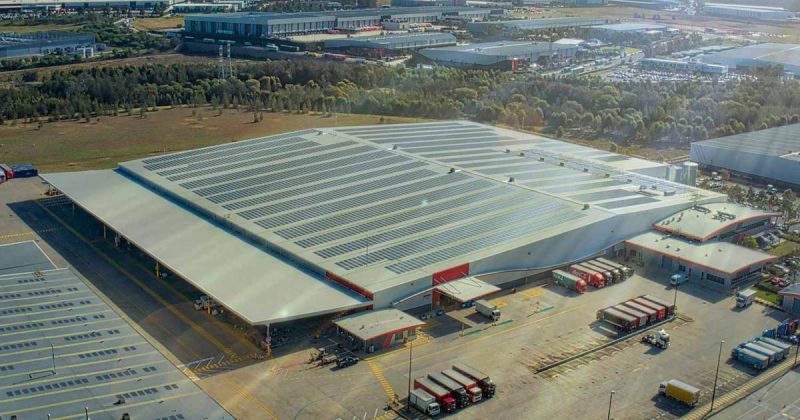Power Bill Relief Ahead – For Some

The latest AEMO quarterly report published on Tuesday indicates average wholesale electricity prices for the first quarter of this year dropped significantly in most NEM regions. But relief in power bills won’t match, and in some cases they could continue to rise.
In a nutshell, here’s how National Electricity Market (NEM) states shaped up during the first quarter of this year compared to the first quarter of 2023.
- South Australia: $55/MWh (down 24%)
- Queensland: $118/MWh (up 13 per cent)
- NSW: $87/MWh (down 13 per cent)
- Tasmania: $67/MWh (down 17 per cent)
- Victoria: $52/MWh (down 8 per cent)
- Source: AEMO
SA Energy Minister Tom Koutsantonis was quick to bathe in the glory of South Australia’s result.
“South Australia’s high proportion of renewables – which exceeded 75 per cent of generation in 2023 – is key to South Australian prices being far lower than the black-coal states of NSW and Queensland,” he said.
South Australia has oodles of renewables because it has traditionally had higher electricity prices – not the other way around.
How Much Will Households Save?
Before households get too excited, electricity bill reductions in states that saw wholesale cost drops won’t be matched. This is because wholesale costs are only one element of retail electricity pricing. The components are:
- Wholesale costs (~32 per cent of the total cost)
- Network costs (~45 per cent)
- Environmental costs (~10 per cent)
- Retail costs (~10 per cent)
- Retail margins (~3 per cent)
- Source: ACC (for 2020-21)
To get an idea of where prices are heading, look to the Australian Energy Regulator, which released its draft determination of the Default Market Offer (DMO) for 2024-25 last month. The DMO, also known as a Standing Offer, is a plan electricity retailers must make available to residential and small business customers who don’t opt for a market offer. This is to prevent these customers from getting ripped off more than they otherwise would.
While most households would be on a market offer (on a related note, you can compare electricity plans here), the DMO sets the general scene for pricing direction.
In its draft determination, the AER says the majority of residential customers could have reductions of between 0.4% to 7.1%, but some may have increases between 0.9% and 2.7%.
For those who will benefit from decreases, it won’t make a massive difference to budgets but is better than a poke in the eye with a sharp stick. For others who will be whacked with increases, it’s another very unwelcome ingredient added to the price of living pressure cooker.
Households putting off going solar in the hope their electricity bills will drop significantly soon might want to re-evaluate that position and get cracking on installing solar panels. With prices of solar systems as low as they are they are and financing options available (note: approach finance with care), it’s not so much a case of whether households with a suitable rooftop can afford to install a system, but more whether they can afford not to.
Discover how much you could save on home energy costs with SQ’s solar and battery calculator.
Original Source: https://www.solarquotes.com.au/blog/electricity-prices-australia-mb2907/



